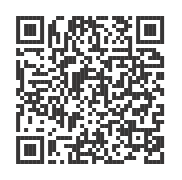
Listen to your body when you are feeling stressed. Take care of yourself and be kind to yourself. Find ways to ease the stress you’re feeling.

It really does take a village to raise a child. Let family and friends help you with housework or hold your baby while you sleep, rest, or take a bath. Chances are they want to help, and you deserve a break!
In the same way, give yourself space away from people who are saying or doing things that lead to you feeling stressed or negative.
Find a quiet, comfortable, relaxing place to nurse. Feeling relaxed when breastfeeding is more enjoyable for you and your baby. Use this time to bond with your baby, listen to calming music, meditate, or read.
Breastfeeding can help you relax and handle stress better. Skin-to-skin contact with your baby has a natural soothing effect.

Breastfeeding can help you relax and handle stress better. Skin-to-skin contact with your baby has a natural soothing effect.

It's important to get enough rest so you feel refreshed. Sleep helps you feel better and stay strong. It also gives you the energy to take care of your baby and keeps your immune system working well. Plus, getting enough sleep helps your mood and makes it easier to handle the challenges of being a new mom.
Physical activity improves your mood. When you exercise, your body makes certain hormones that can help relieve stress. Try a walk around the block and ask your healthcare provider when you can return to strenuous exercise after giving birth.


A therapist can help you work through stress and find positive ways to deal with problems.
Install this web app on your iPhone: tap ![]() and then Add to Home Screen.
and then Add to Home Screen.
Side-Lying Hold
This hold is useful when:
Cross-Cradle Hold
This hold is useful when:
Clutch or “Football” Hold
This hold is useful when:
Cradle Hold
This hold is useful when:
Laid-Back Hold
This hold is useful when: